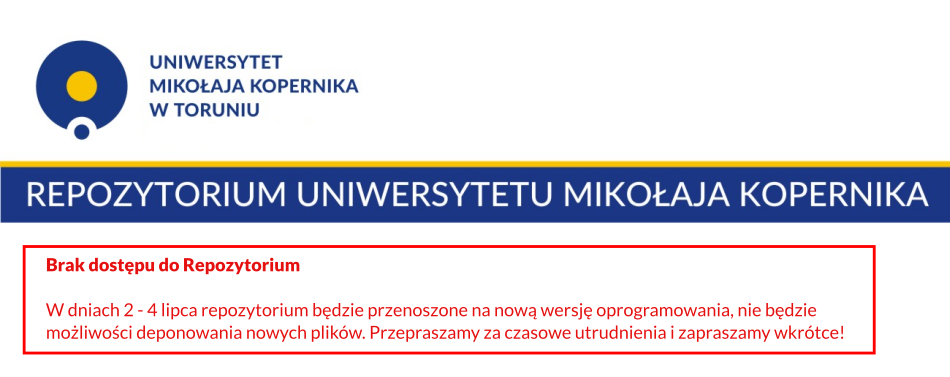| dc.description.abstract |
Background. It is known that electrolyte exchange parameters are subject to the regulatory effects of a wide range of nerve, hormonal and humoral factors. The dispersion of electrolyte levels in plasma, erythrocytes and diurnal urine, first, is different, and second, variable. Therefore, there are a number of quantitative and even qualitatively different variants of the exchange of electrolytes. It is logical to assume that such diversity is conditioned by the state of the regulatory systems and/or the balance between the entering and excretion of electrolytes. We have set a goal in experiments in rats and clinical physiological observations to identify a number of variants of the state of exchange of electrolytes and their neuro-endocrine, humoral and immune support. In this article we summarize the first stage of the path to the goal. Materials and methods. Experiment was performed on 58 healthy female Wistar rats 220-300 g. Among them 10 animals remained intact, using tap water from drinking ad libitum. The rats of others groups for 6 days administered through the tube various fluids at a dose of 1,5 mL/100 g. The day after the completion of the drinking course in all rats the plasma and urine levels of the electrolytes were determined. Results. The method of cluster analysis identifies four variants of the state of electrolyte exchange. Characteristic features of the members of the major (51,7%) cluster are a moderate decrease in excretion with daily urine of sodium and chloride as well as calcium and potassium plasma levels in combination with a moderate increase in magnesium excretion. In the members of the second largest cluster (22,4%), a similar decrease in the plasma level of potassium and calcium is combined with a slight decrease in the content of potassium in erythrocytes and a decrease in its excretion with the urine. Electrolyte exchange of the third largest cluster (19,0%) is characterized by a moderate increase in the excretion of sodium and chloride and a slight increase in the excretion of potassium, magnesium, calcium and phosphate, as well as the content of potassium in erythrocytes. Finally, the minor cluster (6,9%) differs from others by drastically increasing sodium excretion, a significant increase in the excretion of chloride, calcium and phosphate, as well as the sodium content of erythrocytes in combination with a decrease in calcium (moderate), phosphate and chlorine (slight) plasma levels. Conclusion. Four quantitatively and qualitatively different variants of the exchange of electrolytes are revealed, which is caused, apparently, by different state of neuro-endocrine regulation. |


